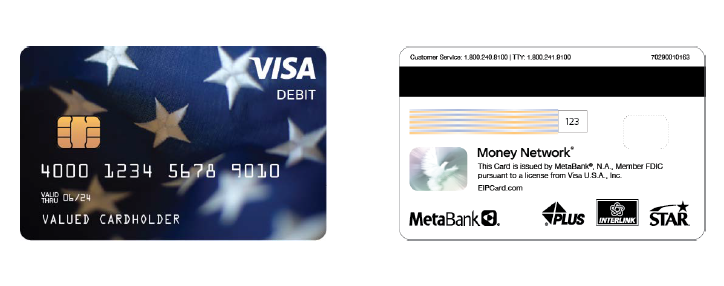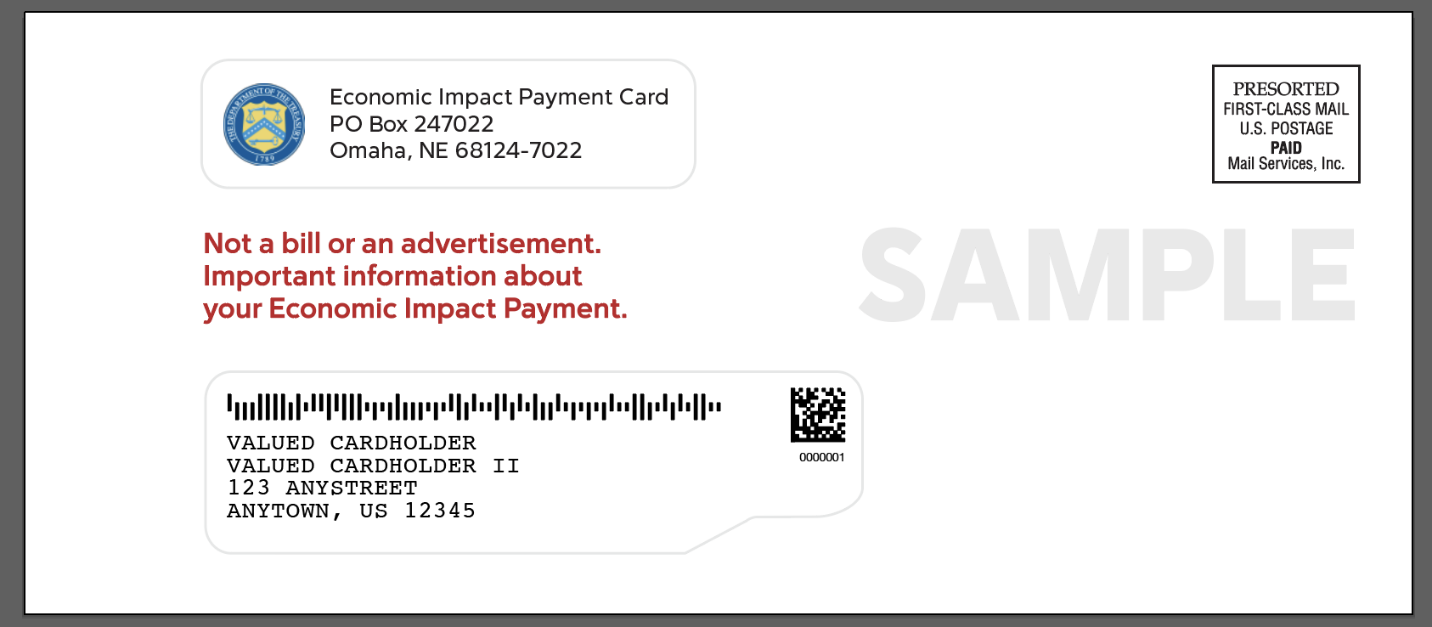VITA/TCE Volunteer Tax Alert
VTA 2021-06, Validating Prior Year Adjusted Gross Income for 2020 Electronic Tax Return
Purpose:
To provide information to VITA/TCE volunteers at Facilitated Self Assistance (FSA) sites assisting taxpayers in electronically filing their tax returns.
Message to Volunteers:
When self-preparing and filing taxes electronically, taxpayers must sign and validate their electronic tax return by entering their prior-year Adjusted Gross Income (AGI) or their prior-year Self-Select PIN.
Use the following tips to assist taxpayers in finding their prior-year AGI:
■ If the taxpayer’s 2019 tax return has not yet been processed, enter $0 (zero dollars) as the prior year AGI.
■ If the taxpayer used the “Non-Filers: Enter Payment Info Here” tool, which was used by individuals who did not have a filing requirement to register for an Economic Impact Payment in 2020, enter $1 as the prior year AGI.
■ If the taxpayer is a first-time filer over the age of 16, enter $0 (zero dollars) as their AGI.
For taxpayers who have a copy of their 2019 tax return:
■ On the 2019 tax return, AGI is on line 8b of the Form 1040 and Form 1040-SR.
■ Taxpayers who had their return prepared at a VITA/TCE site or used a paid preparer last year might obtain a copy of last year’s tax return from that preparer.
■ Taxpayers who are using the same tax preparation software used last year will likely be able to access their prior-year tax return through the software.
■ Taxpayers who are not using the same tax preparation software as last year may be able to access the prior-year software and view an electronic copy of their prior-year return.
■ Taxpayers who have an Identity Protection (IP) PIN (via a CP01A or the Get an IP PIN Tool), should enter it when prompted by their software. It will serve to verify identity, instead of prior-year AGI or prior-year Self Select PIN. Starting mid-January 2021, taxpayers can opt into the IP PIN program through the online tool.
Alternative Methods for taxpayers who do not have a copy of their 2019 tax return:
■ If taxpayers do not have a copy of their tax return, they may use a Get Transcript self-help tool to get a Tax Return Transcript showing their AGI.
■ Taxpayers can use Get Transcript Online to immediately view their AGI. They must pass the Secure Access identity verification process. Select the Tax Return Transcript and use only the “Adjusted Gross Income” line entry.
■ Taxpayers can use Get Transcript by Mail or call 800-908-9946 if they cannot pass Secure Access and need to request a Tax Return Transcript. Please allow 5 to 10 days for delivery. Use only the “Adjusted Gross Income” line entry.
For additional questions, please talk to your site coordinator, partner or IRS SPEC relationship manager.
Thank you for volunteering and for your dedication to top QUALITY service!

